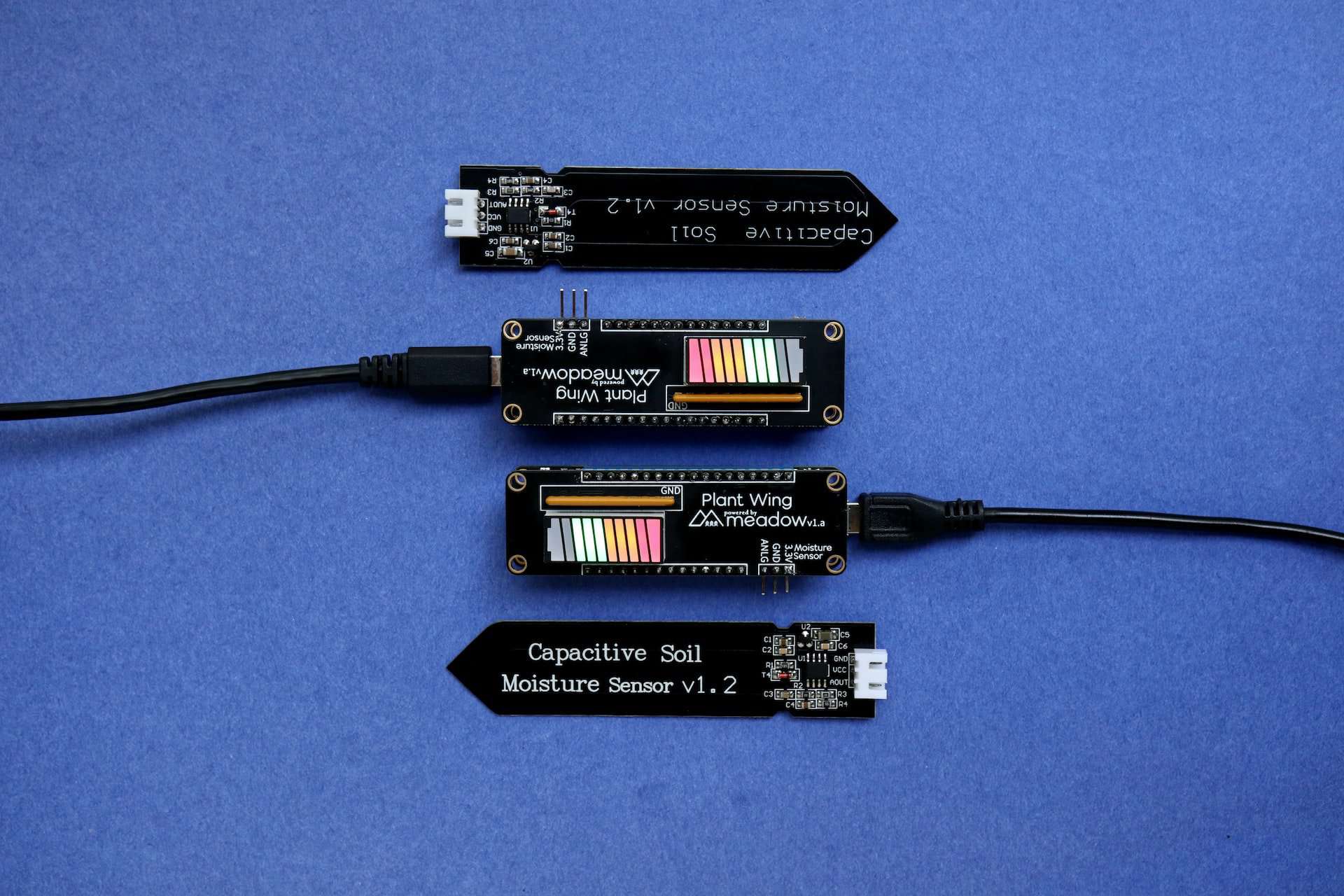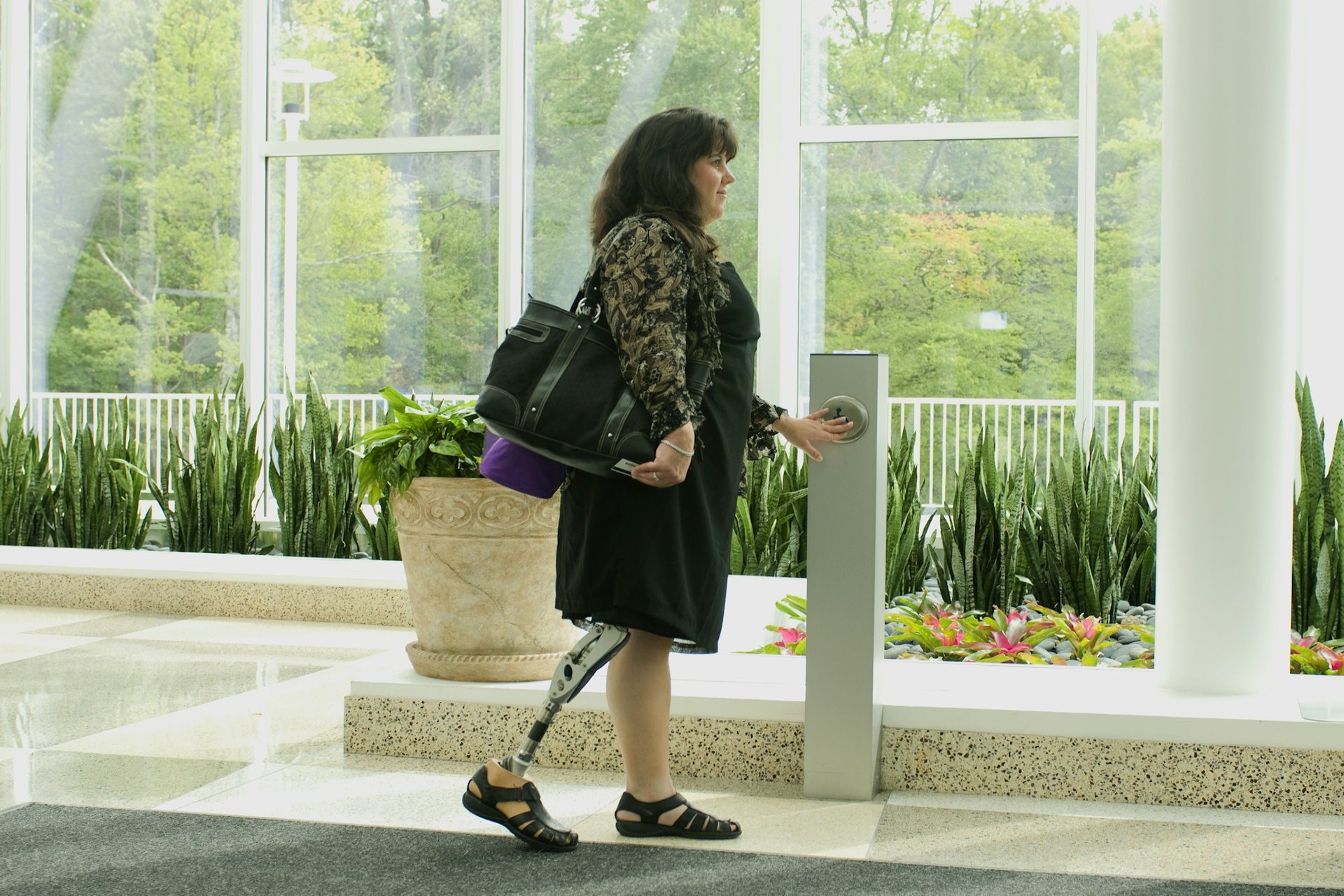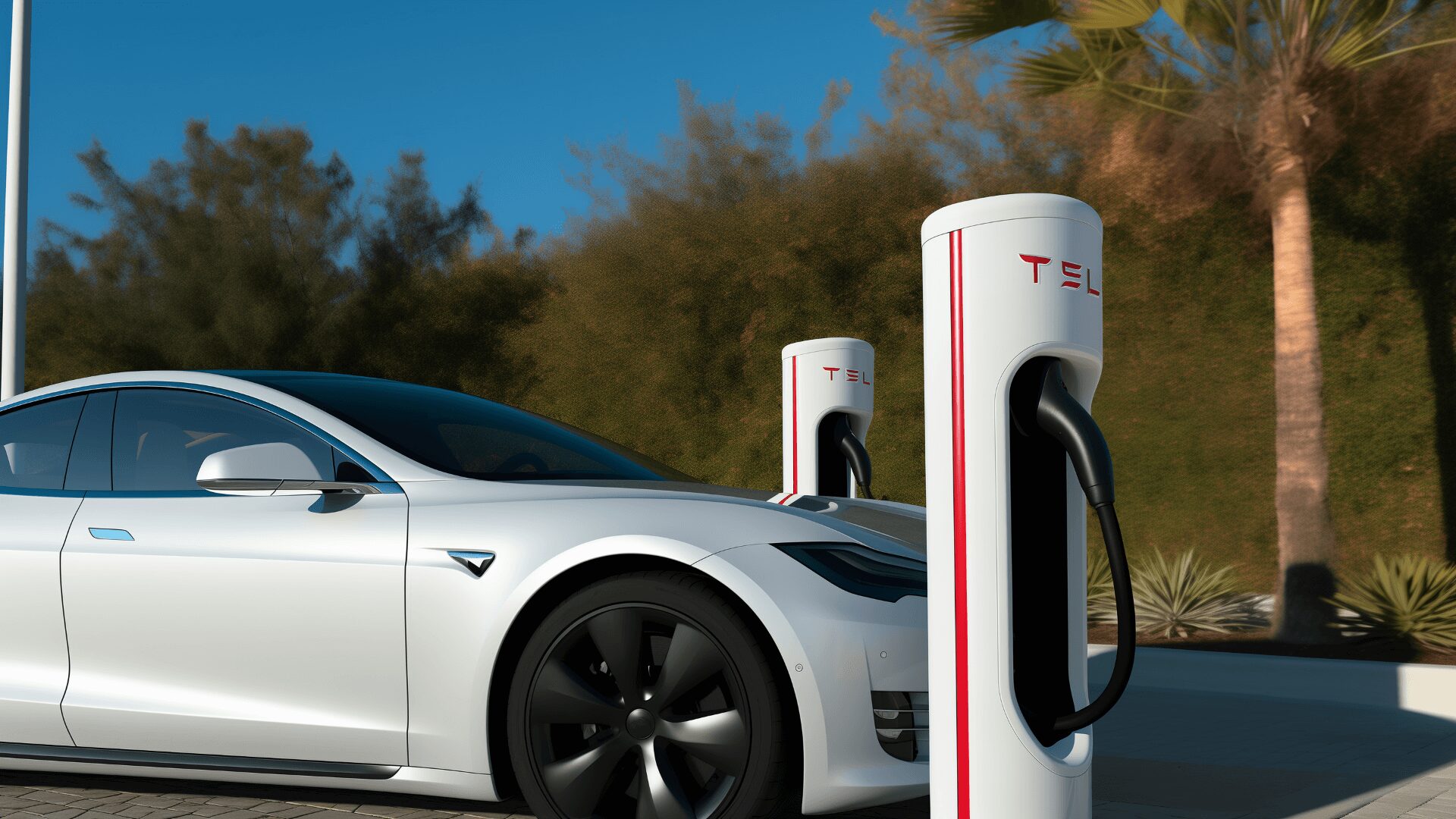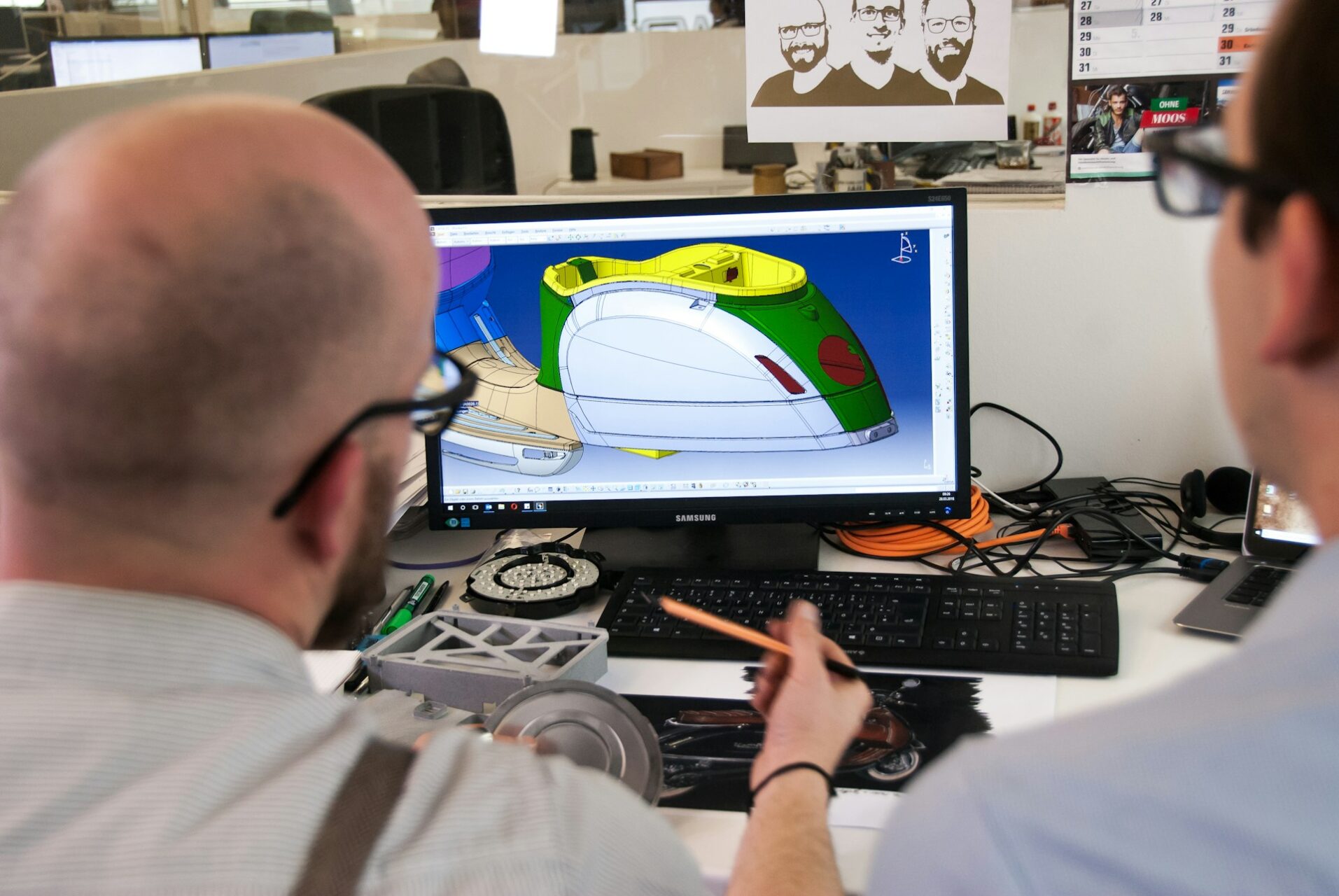
How Can Industrial IoT Sensors Help Companies?
March 28, 2023 - Emily Newton
Revolutionized is reader-supported. When you buy through links on our site, we may earn an affiliate commision. Learn more here.
Industrial IoT sensors have been game-changers for companies worldwide. Now, instead of relying on guesswork and assumptions, decision-makers can rely on collected data. The information is often available for near-real-time insights. Still, people can also source historical statistics, allowing them to see how things have changed over time — for better or worse. Let’s explore some of the most impactful ways today’s businesses can use IoT sensors at an industrial scale.
Achieving Better Animal Health Insights
An illness on an industrial farm can be catastrophic due to how quickly animals can become sick and die. Prompt action is crucial for reducing such likelihoods. Industrial IoT sensors are becoming vital for helping large-scale farmers protect their profits by preventing or mitigating animal health issues.
Consider one solution that sends data to the cloud and relies on an advanced algorithm and microphones to detect excessive coughing in pigs. One early trial showed the connected setup could identify sick pigs up to four days before farmers noticed anything amiss.
The hope is that, if they can spot problems sooner, farmers can get veterinary assistance and isolate affected animals before the sickness spreads too much. Moreover, when ill pigs receive prompt attention, it becomes less likely that the ailment will negatively affect their growth.
Some agricultural professionals also use industrial IoT sensors to learn the best times to breed their animals or become aware of early pregnancy signs. Such insights make their reproductive programs maximally fruitful and prevent adverse consequences.
Industrial farming — whether of crops or animals — almost always connects better profits to successful growth. That means this use of sensors could translate to good business decisions for farmers who are often already facing challenges due to severe weather and supply chain issues.
Enabling Better Shipping Visibility
A lot can happen from when products leave a factory to when they reach their destinations. Fortunately, industrial IoT sensors give company leaders better oversight, telling them if parcels get dropped or handled roughly or if perishable products inside have been outside their optimal temperature ranges.
As many as 25 million dry containers transport goods worldwide per year. However, one of the downsides of many industrial IoT sensors is that their batteries only last a couple of years, while the containers they monitor have much longer life spans. A collaboration in Ireland seeks to change that. Participating parties are developing possibilities for sensors powered by ambient energy, such as sunlight and heat.
The researchers believe developing sensors with power management integrated circuits will substantially extend the battery life while allowing the battery to get energy from the environment. This project also focuses on retrofitting sensors rather than making interested parties invest in new ones. That’s a particularly advantageous aspect if people are interested in continuing to use industrial IoT sensors to track shipments but want to minimize new investments as much as possible.
Even outside of that project, industrial IoT sensors help companies save money and protect the bottom line. Think about products such as vaccines and medicines, many of which must stay within specific temperature ranges or get ruined. An IoT sensor could detect an easy-to-fix problem. Perhaps a driver did not shut the door of a temperature-controlled truck firmly enough. If that happens, an IoT sensor will pick up on the resulting temperature change, prompting someone to investigate the matter.
Predicting Equipment Breakdowns With Industrial IoT Sensors
Equipment failures can be extremely costly for today’s companies. Many customers want products without delay, meaning manufacturers are often on tight schedules. An equipment failure could easily cost the affected parties tens of thousands of dollars or more, even if addressed quickly. That’s why many company decision-makers would much rather know about issues before they cause shutdowns. IoT sensors make that possible.
Consider what happened at an automotive part manufacturer with a worldwide customer base. The company began using sensors on fans within brazing ovens. Since it took three days to fix them, leaders hoped to minimize the incidents. In one case, sensor data indicated a fan would break down in only 58 hours. Once maintenance professionals took out the fan in question, they found blade disintegration, suggesting the data was correct.
Many companies have dozens of pieces of critical equipment, making it challenging to oversee all of them closely enough. That’s why problems may only become apparent once a major issue occurs. However, industrial IoT sensors can detect things humans don’t immediately notice. They could include excessive vibration or a refrigerator getting 1 degree warmer every week or so.
Promoting Worker Safety
Many industrial roles have inherent dangers that workers accept and receive ongoing training to reduce. That continuing education aspect is vital, but industrial IoT sensors can also play an important role in risk management.
Sometimes, that means workers wear sensors that can tell if they’re too tired and need to take a break. Other models can alert colleagues if a lone worker falls and may need medical attention. Equipment manufacturers may also build smart sensors on machines like forklifts. Then, the forklift operator receives audible and visible warnings if they get too close to a person or something else in their path.
In another case, people at TNO — an independent research organization in The Netherlands — explored using industrial IoT sensors to measure exposures to hazardous substances. They knew long-term exposures could cause health problems later. The team recognized the shortcomings of current detection methods. For example, companies may only take readings a few times a year. However, that makes it impossible to get a realistic picture of the environment. Then, affected parties can only respond to symptoms rather than being more proactive.
The TNO team built a digital tool called the Virtual Occupational Hygiene Assistant (VOHA). It takes real-time measurements of chemical substances, noise levels and other factors that could harm workers if left unmanaged. The system then automatically analyzes the collected information and alerts the correct parties.
Those who developed the tool envision a future where the system’s sensors become part of devices that people wear as part of their daily work gear. Then, when employees benefit from continuous monitoring, they can immediately become aware of when workplace conditions become problematic and take action to keep themselves and others safe.
How Will You Use Industrial IoT Sensors?
These are some of the many thought-provoking examples of how companies can use industrial IoT sensors. Let this content spark your inspiration about how you could rely on these devices, too — whether soon or several years from now.
Revolutionized is reader-supported. When you buy through links on our site, we may earn an affiliate commision. Learn more here.
Author
Emily Newton
Emily Newton is a technology and industrial journalist and the Editor in Chief of Revolutionized. She manages the sites publishing schedule, SEO optimization and content strategy. Emily enjoys writing and researching articles about how technology is changing every industry. When she isn't working, Emily enjoys playing video games or curling up with a good book.




